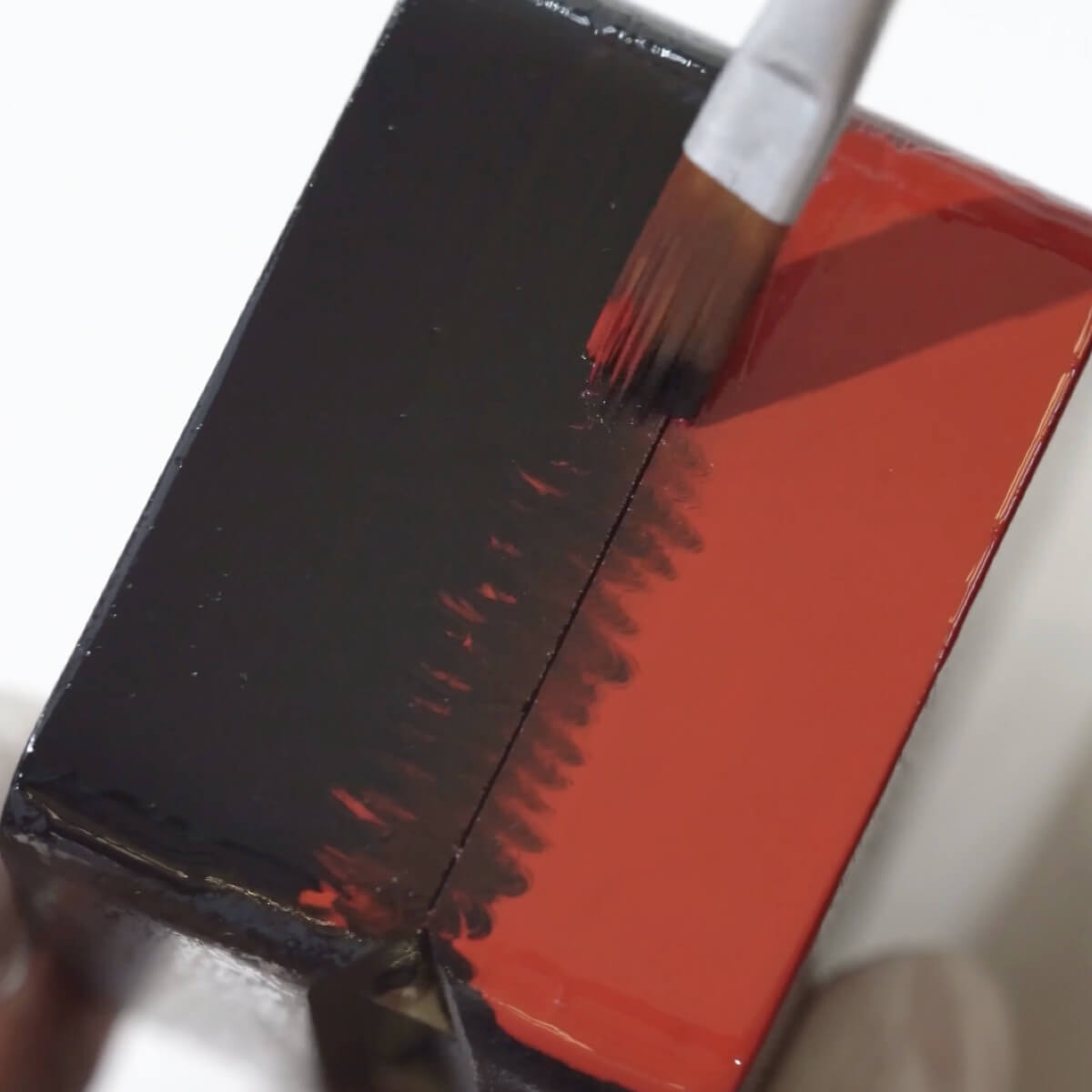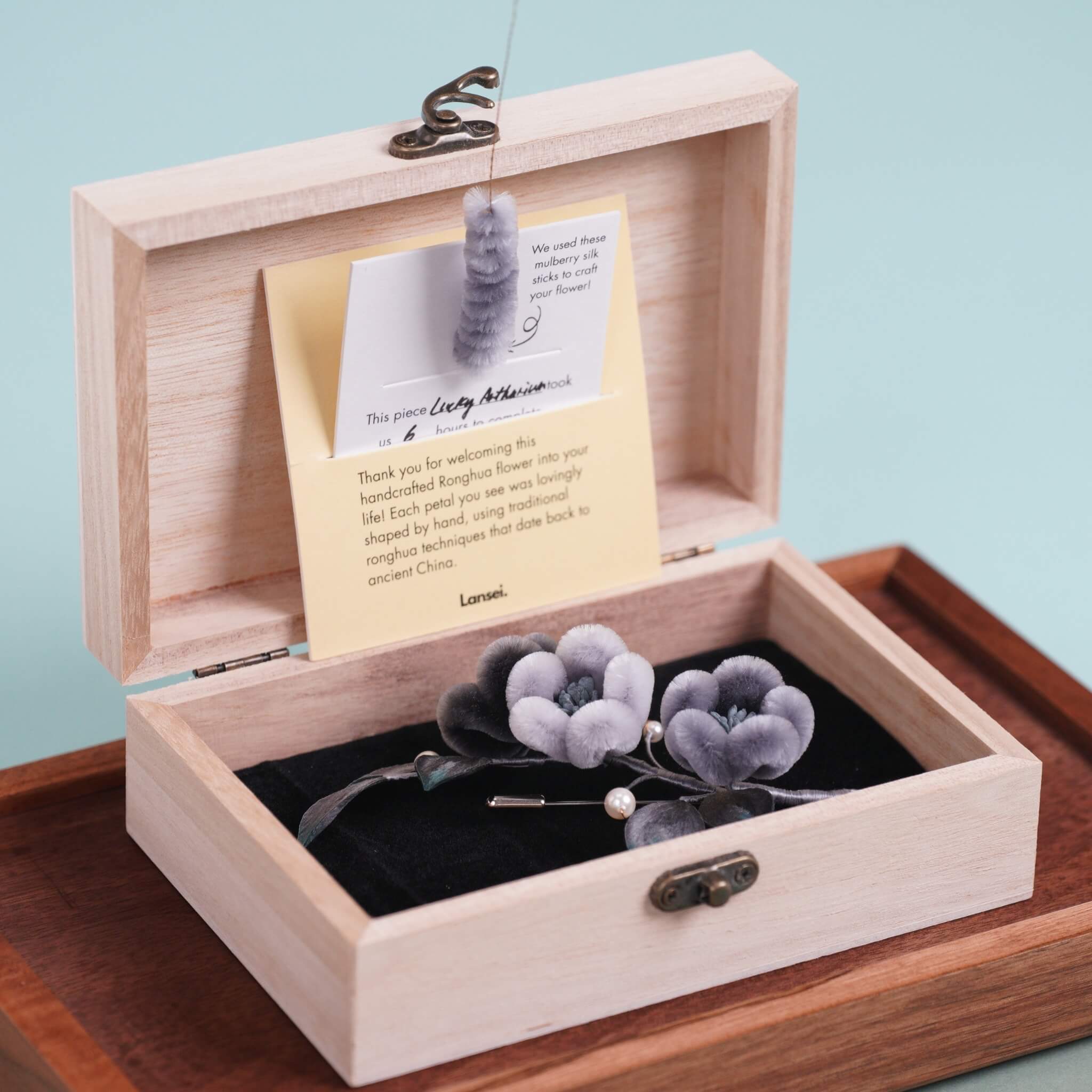
There is no Chinese classical garden without stones.
The inanimate stones are endowed with meaning far beyond real rocks by traditional Chinese Zen, philosophy and aesthetics.
When the ancients built gardens, they gave the rockery a nice name - "掇山" (Picking mountains).
Stone selection is the first step in crafting rockeries. The size, shape, texture, and color determine whether the subsequent rockeries building will be successful.

The so-called stone selection includes two parts, one is the selection of the type of stone used in the stacked mountain rockeries, and the other is the process of picking stones. Picking stone refers to the size, shape, texture, color and luster of the stone.
In the classical gardens in the south of the Yangtze River, many rockeries are made of Taihu stone (太湖石) and Yellow Stone(黄石). In addition, Ying Stone (英石)from Yingde (英德)in Guangdong province and Xuan Stone (宣石)from Anhui province are also the most common rockery stones in classical gardens.

However, due to the difficulty in transporting stone materials, mountaineering masters have always suggested obtaining local materials instead of going to great lengths to obtain stones from other mountains.
No.1 Taihu Stone (太湖石)

Taihu stone mainly refers to a kind of limestone produced near Taihu Lake. In addition to around Taihu Lake, stone species similar to Taihu stone are also produced in places such as Yixing in Jiangsu province, Changxing in Zhejiang province, and Chaohu in Anhui province.
The characteristic of Taihu stone is that the stone is hard and moist, with holes all over the stone, showing the aesthetic feeling of "wrinkled, leaky, thin and transparent". Together with Lingbi Stone (灵璧石), Ying Stong (英石)and Kunshan Stone (昆山石), it is known as "China's Four Famous Stones".
Taihu stone is mostly white, and a small part is blue-black, and yellow is the rarest. Taihu stones are divided into two types: water and dry. Among them, stones in water are more precious, but their mining work is very troublesome.
It is said that in the Song Dynasty, quarry craftsmen took their digging tools and went deep into the deep water of Taihu Lake to quarry stones. In the absence of any oxygen equipment, it can be called exchanging a life for a stone.
In addition, there is another Taihu stone processing method called "planting stone", which is to artificially drill holes in Taihu stones that are without holes, and then put them into deep water to wait for the water to wash away, but it also requires a long wait.
No.2 Kunshan stone (昆山石)

The main mineral contained in Kunshan stone is quartz, and its internal structure is very delicate and complex. The best products are generally snow-white in color, with luster and the holes are covered with stone bodies, giving people an exquisite and translucent feeling.
Kunshan Stone is only distributed in some areas of Yufeng Mountain (玉峰山) in Kunshan, and the collection is also very complicated. It needs to be exposed to the sun, washed with alkaline water, meticulously descaled, and washed with oxalic acid material.
No.3 Longtan Stone (龙潭石)
Longtan is more than 70 miles east of Nanjing, and Longtan stones are produced along the Yangtze River in this area.
Some are out of the ground, and some are half buried in the soil. Some stones are hard, have the characteristics of penetration and leakage, and the texture is very similar to Taihu stone.
Some are slightly green in color and hard and solid in texture, but they are heavy and clumsy. They are used to pile up the footings of rockery or press the pile heads of the foundations when rocking mountains.
There are also some patterns that are simple and clumsy, and there are no holes on the stone surface, so they are suitable for individual embellishment.
Others are blue in color and have walnut-like patterns, which are very similar to the cracking technique in Chinese painting. It is mentioned in Yuan Ye (圆冶), a famous ancient Chinese book about gardening, that if used properly, it can have the effect of painting.
No.4 Qinglong Mountain Stone (青龙山石)
On Qinglong Mountain in Nanjing, some huge stones with round holes are produced.
When this kind of stone is used as a peak stone, only one side can be appreciated, so Qinglong stone is suitable for embellishment under bamboo trees.
No.5 Lingbi Stone (灵璧石)

Lingbi stone, also known as octave stone, is produced in Lingbi County, Anhui Province.
The black Lingbi stone is the most precious, its color is like ink, and its sound is like a chime. The shape of Lingbi stone is so strange that Chinese emperor Qianlong once inscribed it as "The No. 1 Stone in the World" in his own handwriting.
Large Lingbi stones can be as high as several feet, and can be directly placed in gardens and courtyards as rockery, and some even have their own mountains and caves like structures as part of the stone, so there is no need to spend more effort on placing them with extra design work.
Medium-sized Lingbi stones can be used to build footpaths on small hills, or as stepping stones by rivers and streams, or as decorations in gardens.
Some small Lingbi stones can be placed in buildings such as halls and vegetarian halls to make bonsai rockery, which is also very interesting.
No. 6 Xuan Stone (宣石)

Ningguo County in Anhui Province produces a kind of Xuanshi, which is white in color and mostly stained with red clay deposits. It needs to be scrubbed to see the surface.
Old Xuanshi is the most precious, the older the stone, the whiter it is like a snow mountain.
Xuan stones are divided into four categories according to their appearance, Ma Ya Xuan looks like a horse's teeth, Deng Cao Xuan has patterns in the shape of lamp grass, Rice Grain Xuan has rice-like grains on the surface, and Ink Xuan has black and white.
The origin of Xuan stones was originally small, and the ancient mountain masters liked to use this kind of stone to build mountains, so there are very few Xuan stones left on the ground today.
The most outstanding example of using Xuan stone to build a rockery is Shi Tao's winter rockery in Yangzhou Geyuan in the late Ming Dynasty.
No.7 Ying Stones

Ying stones, produced in Yingde City, Guangdong Province. Based on the surface shape of Ying stones, it can be divided into ruled stone, twill stone, stacked stone and so on.
Generally, open-air stones are called Yang stones, which are wrinkled, thin, leaky, and transparent. And those stones buried in the soil are called Yin stones, which are characterized by their luster and transparency.
In terms of color, Ying stone is generally in the color of blue or slightly blue, grey and black. In addition, the texture of Ying stone is fine and fine, the surface of the stone often has interlaced cracks, and the veins are circuitous, which is very delicate. It is a good choice whether it is used for garden rockery stacking or for several cases for appreciation.












Laisser un commentaire
Tous les commentaires sont modérés avant d'être publiés.
Ce site est protégé par hCaptcha, et la Politique de confidentialité et les Conditions de service de hCaptcha s’appliquent.